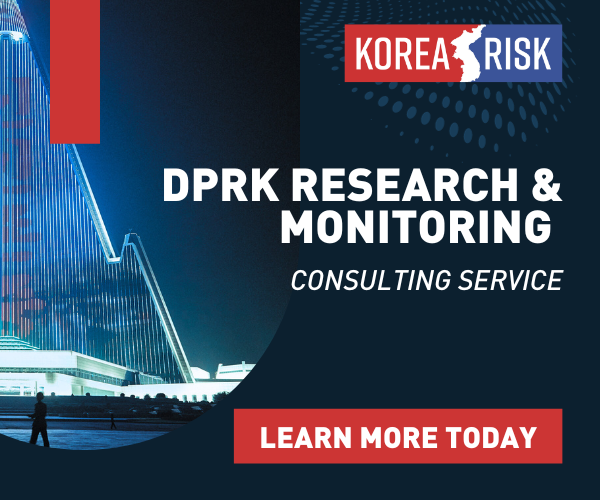Japanese journalist Tomotaro Inoue writes with clarity and alarm about Pyongyang’s growing nuclear threat and Tokyo’s potentially troubling response in his latest book “Kim Jong Un’s Nuclear Weapons: North Korea’s Missile Strategy and Japan” (金正恩の核兵器:北朝鮮のミサイル戦略と日本), published by Chikuma Shobo in April this year.
Inoue, who has worked across Asia as a Kyodo News journalist and editor for nearly 30 years, charts the rapid pace of North Korea’s nuclear and missile tests since Kim Jong Un succeeded his father in 2011, the growing threat to Japan and South Korea, and Japan’s fateful decision to develop capabilities to carry out military strikes.
Japanese journalist Tomotaro Inoue writes with clarity and alarm about Pyongyang’s growing nuclear threat and Tokyo’s potentially troubling response in his latest book “Kim Jong Un’s Nuclear Weapons: North Korea’s Missile Strategy and Japan” (金正恩の核兵器:北朝鮮のミサイル戦略と日本), published by Chikuma Shobo in April this year.
Inoue, who has worked across Asia as a Kyodo News journalist and editor for nearly 30 years, charts the rapid pace of North Korea’s nuclear and missile tests since Kim Jong Un succeeded his father in 2011, the growing threat to Japan and South Korea, and Japan’s fateful decision to develop capabilities to carry out military strikes.
Become a member for less
than $5.75 per week.
Unlimited access to all of NK News: reporting, investigations, analysis
The NK News Daily Update, an email newsletter to keep you in the loop
Searchable archive of all content, photo galleries, special columns
Contact NK News reporters with tips or requests for reporting
Get unlimited access to all NK News content, including original reporting, investigations, and analyses by our team of DPRK experts.
Subscribe now
All major cards accepted. No commitments – you can cancel any time.












